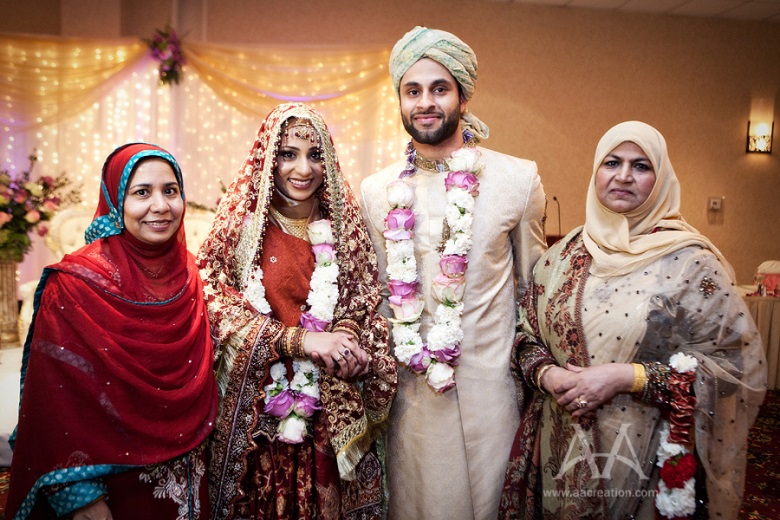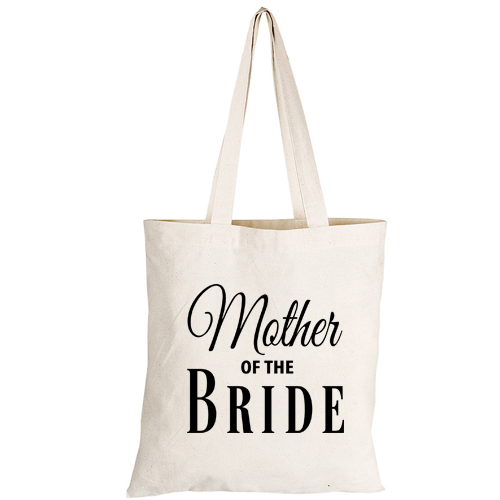Muslim Weddings
Islam is the second largest religion in the world, after Christianity, and is still the leading faith in the Arab world and in most of the Middle East. Marriage in Islam is a contract between the couple and Allah; a religious obligation, and the way in which the ceremony is carried out, depends very much on the culture in which the wedding is arranged.
Practices
Certainly in the Asian world, Muslim marriages are generally arranged marriages by the parents – they are social contracts as opposed to marriages between ‘soul mates’ - although the bride and groom have a final say about just who they will wed or not wed. Interestingly, the proposal comes from the woman, who contacts the man via an intermediary, and, whilst it is still acceptable for Muslim men to marry non-Muslims, Muslim women shouldn’t marry outside their faith.
Because marriage is a social contract, there are certain obligations and rights to both parties, and should the contract be broken, either party may seek a divorce – there is no assumption that the couple will remain together until ‘death do us part’. However, the state of marriage is a desirable one and it is important that the couple enter marriage with the intention of making their partner happy.
One major difference between Islam and other faiths is the practice of polygyny – a Muslim man may take up to four wives, if he can support them, and so long as taking another wife doesn’t hurt his existing wives. Women, on the other hand, may take only one husband at a time.
Dress
Many Muslim brides choose traditional white wedding dresses, although brides from the Asian subcontinent prefer a scarlet shalwar-qameez and henna their hands and feet with intricate patterns.
The Wedding Ceremony
The wedding itself doesn’t need to take place in a mosque, and any Muslim who understands Islamic tradition can officiate. There are two aspects to a Muslim wedding – the ceremony and the legal contract, which legitimises the marriage and must be witnessed by two men. The marriage traditions differ depending on culture, but during most ceremonies, men and women remain separate.
Marriages must be declared public – they should never be clandestine – and the publicity is usually demonstrated by having a large feast.
Mahar
Once the groom has accepted the offer of marriage, he gives the bride a mahar (meher, mahr) or gift. This is a financial deal that the groom must agree with the bride, which is then given to her for her use as she wishes. The mahar is a formal statement specifying the amount and it is usually given in two amounts – a prompt before the marriage is consummated and another amount either later or throughout the bride’s life. Many couples today use the ring as the prompt, presented to the bride during the wedding ceremony, whilst the other amount can take the form of land, money, jewellery or even education. Mahar is a form of security for the bride and gives her a certain amount of freedom in the marriage.
Nikah
The actual ceremony is called a nikah. It is usually a fairly simple ceremony and includes reading from the Qur’an and the exchange of vows in front of a minimum of two witnesses. Both bride and groom express their free will by repeating the word qabul (I accept) three times. Often the Imam is present for a short sermon.
Traditionally, the bride and groom share a piece of sweet fruit after the traditional customs.
Photo Cred9it:mwedding-in-italy.net





